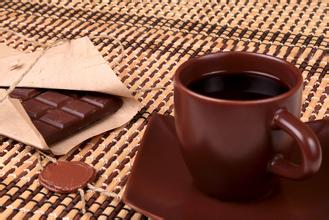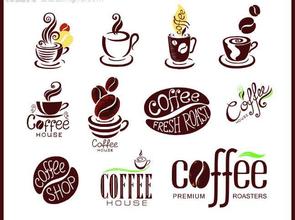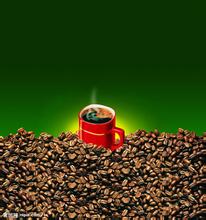Introduction to the characteristics of Grinding degree of Coffee Flavor description treatment method in Ethiopia Obi Alida Manor
Ethiopia latitudes 6 to 9 degrees north. Tropical forests 34 to 40 degrees east longitude and 1600 to 1800 m above sea level. Harald is not only the most expensive coffee in the world, but also a beautiful legend.
Harald, a name that reflects the rise and fall of Ethiopia.
At a time when the means of transport were still underdeveloped, especially when horses were the main means of transportation, high-quality thoroughbred horses became the goal that people pursued and longed for, and at this time Harald in Ethiopia had the best thoroughbred horses in the world. So they initially classified the coffee grade as "quality coffee is as important as horses of purebred blood."
So the bags of raw Harald coffee beans we saw are still printed with pictures of horses. This traditional packaging has been maintained until now. The appearance and taste of Harald coffee itself can be seen as a high grade.
People in Ethiopia began chewing coffee and spices together in the sixth century, and it was most common for hunters to wrap coffee in bacon as the best dry food, so that they could have enough to eat and have the spirit to hunt. So chewing coffee as a tradition.
In the mid-13th century, Ethiopia was already using pans as a tool for roasting coffee, leading the development of coffee culture. "Moca" is civilized as the world's earliest and once the largest port of coffee trade (now the port of Moca has dried up)
Hara is located in the Eastern Highlands of Ethiopia (Harerge Province) and grows between 5000 and 7000 feet above sea level. A century ago, it was still wild on the slopes. Most of the raw beans are medium size and long at both ends, with yellow or golden green color, strong chocolate smell when baking, wild taste with moderate acidity and rich texture. It is a very typical mocha flavor. Good Hara has jasmine scent. And similar to the aftertaste of fermented wine, to some extent, the Mattari close to the BaniMatar area of Yemen is better.
Today, Hara still treats raw beans in the traditional sun, which is usually exported to the neighboring town of DireDawa, with an annual output of about 185000bags/60Kg, of which long beans (Longberry, evolved from the early Elaraby tree species,) and most of the specifications are G5 (Grade5) or G4. Unfortunately, good haras are often smuggled to Yemen and sold at higher prices for mocha beans.
When drinking, in addition to a single product, its rich taste and wine acid can also be used as the base of espresso.

Important Notice :
前街咖啡 FrontStreet Coffee has moved to new addredd:
FrontStreet Coffee Address: 315,Donghua East Road,GuangZhou
Tel:020 38364473
- Prev

Flavor description of Brazilian Hilado coffee beans with balanced taste introduction to the characteristics of grinding degree and quality
CACCER (Kaseru) is the contact of coffee producers in the Serrado region of Minas Gerais, Brazil. Kaseru organizes the coordination of Serrado Coffee growers, Regional Marketing, Serrado Coffee Origin quality Certification (name Serrado Certification), etc., we have issued. Kaseru was founded in 1992. Three years later, in 1995, 55 cities in Minas Gerais
- Next

Aroma Unique Costa Rican Diamond Mountain Coffee Flavor Description Grindness Features Variety Taste Boutique
Costa Rican coffee is full of particles, with ideal acidity and unique aroma. Costa Rica's coffee industry, formerly controlled by the Instituto del Café de Costa Rica (ICAFE), has been taken over by the Official Coffee Council (Oficina del Caf). Among coffee exports, those deemed substandard are colored blue.
Related
- Detailed explanation of Jadeite planting Land in Panamanian Jadeite Manor introduction to the grading system of Jadeite competitive bidding, Red bid, Green bid and Rose Summer
- Story of Coffee planting in Brenka region of Costa Rica Stonehenge Manor anaerobic heavy honey treatment of flavor mouth
- What's on the barrel of Blue Mountain Coffee beans?
- Can American coffee also pull flowers? How to use hot American style to pull out a good-looking pattern?
- Can you make a cold extract with coffee beans? What is the right proportion for cold-extracted coffee formula?
- Indonesian PWN Gold Mandrine Coffee Origin Features Flavor How to Chong? Mandolin coffee is American.
- A brief introduction to the flavor characteristics of Brazilian yellow bourbon coffee beans
- What is the effect of different water quality on the flavor of cold-extracted coffee? What kind of water is best for brewing coffee?
- Why do you think of Rose Summer whenever you mention Panamanian coffee?
- Introduction to the characteristics of authentic blue mountain coffee bean producing areas? What is the CIB Coffee Authority in Jamaica?

